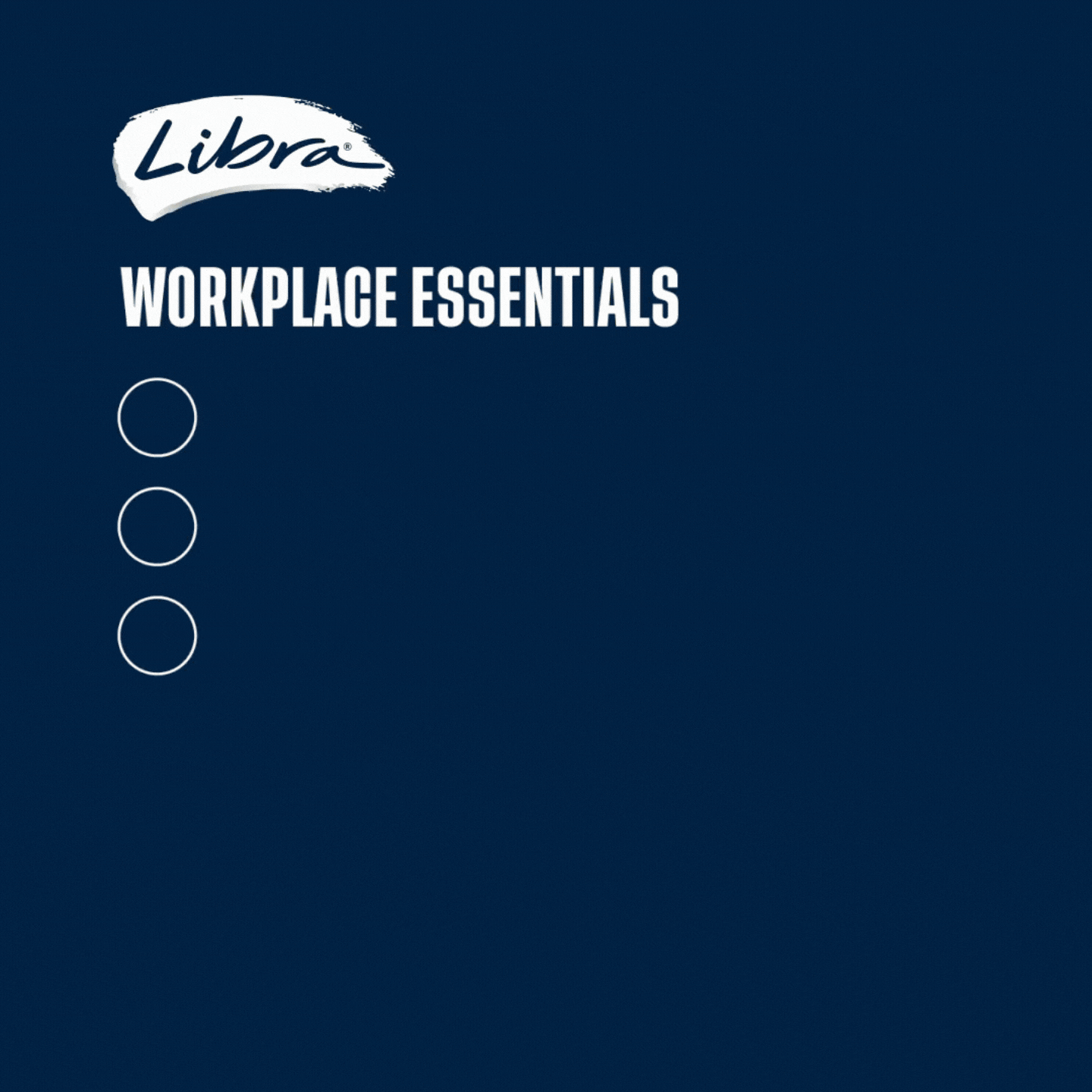There are promising permanent shifts in employers offering flexible work, and signs also of a growing divide in who can access such flexibility.
Today, new data released by the Workplace Gender Equality Agency (WGEA) on the strong take up in an “all roles flex” policy by employers puts solid numbers on this shift, and also highlights the industries that are falling behind.
Of the 78 per cent of almost 5000 employers to answer the voluntary question on whether they had implemented an “all roles flex” approach to flexible work, 38 per cent said they had done so.
That “all roles flex” approach means that staff can determine how, where and when they work. It puts an emphasis on work output and outcome, over hours physically spent in an office. Researchers suggest it’s a key tool for driving workplace gender equality.
And other research finds that the overwhelming majority of Australian workers (nine in 10) want workplace flexibility. Australians have also grown to expect it, with a third of employees currently working flexibly saying they would quit their current role or start searching for another position, if they are told to return full time to the office.
We know COVID significantly accelerated the shift to more flexibility, particularly in men accessing flexibility. But this data highlights how employers are quickly adopting the approach.
Indeed, it wasn’t so long ago that “all roles flex” was seen as particularly forward and progressive, notably when Telstra introduced the policy across its workforce many years before the pandemic.
Still, it’s clear that certain industries — especially those with a strong mixed-gender workforce base — are offering this approach over others, with around half such industry types doing so (48 per cent). The number drops to 30 per cent across male and female dominated industries, a fall that WGEA suggests reflects the fact these industries can be more likely to require being physically present, like in nursing and mining.
The WGEA data finds that in 2022, 71 per cent of employers report having a formal policy for working from home, a massive jump from 35 per cent in 2019 (pre-COVID levels) and even from 66 per cent in 2021.
But is it enough to simply offer some form of flexibility, when it comes to supporting staff?
On the findings, WGEA Director Mary Wooldridge noted that flexibility needs to be creative, and extend beyond just offering remote working options.
“Flexible work is a key driver for gender equality, but employers should be creative to enable their employees to have flexibility that meets their specific needs,” she said.
“Innovative actions we’ve seen from employers include creating shifts specifically within or outside of school hours and offering job sharing or part-time work arrangements for managerial or executive roles. These types of measures make it easier for men and women to equally participate in the workforce – whether that’s from the office or home.”
The flexible working shifts some have experienced have also not always been positive. Some Australians report working longer hours due to hybrid work arrangements, while some report losing access to leadership and key career advancing opportunities
As Wooldridge said: “COVID has undoubtedly changed how we think about remote working, and while that is a big shift, it risks creating a two-tiered system – one for employees returning to workplaces and another for those who are not – if it is not implemented well,”
It’s incredible to think how far we’ve come on workplace flexibility in just the past three years —from CEOs once claiming to work “flexibility” because they left the office early once a week to pick up their kids, only to log back on that night, and big employers making headlines on announcing “all roles flex” initiatives. It a now been proven how quickly adjustments can be made to accommodate needs and emergencies that are bigger than any one employer. But the fight for real flexibility that supports all careers and broadens access to opportunities for everyone is far from over.


